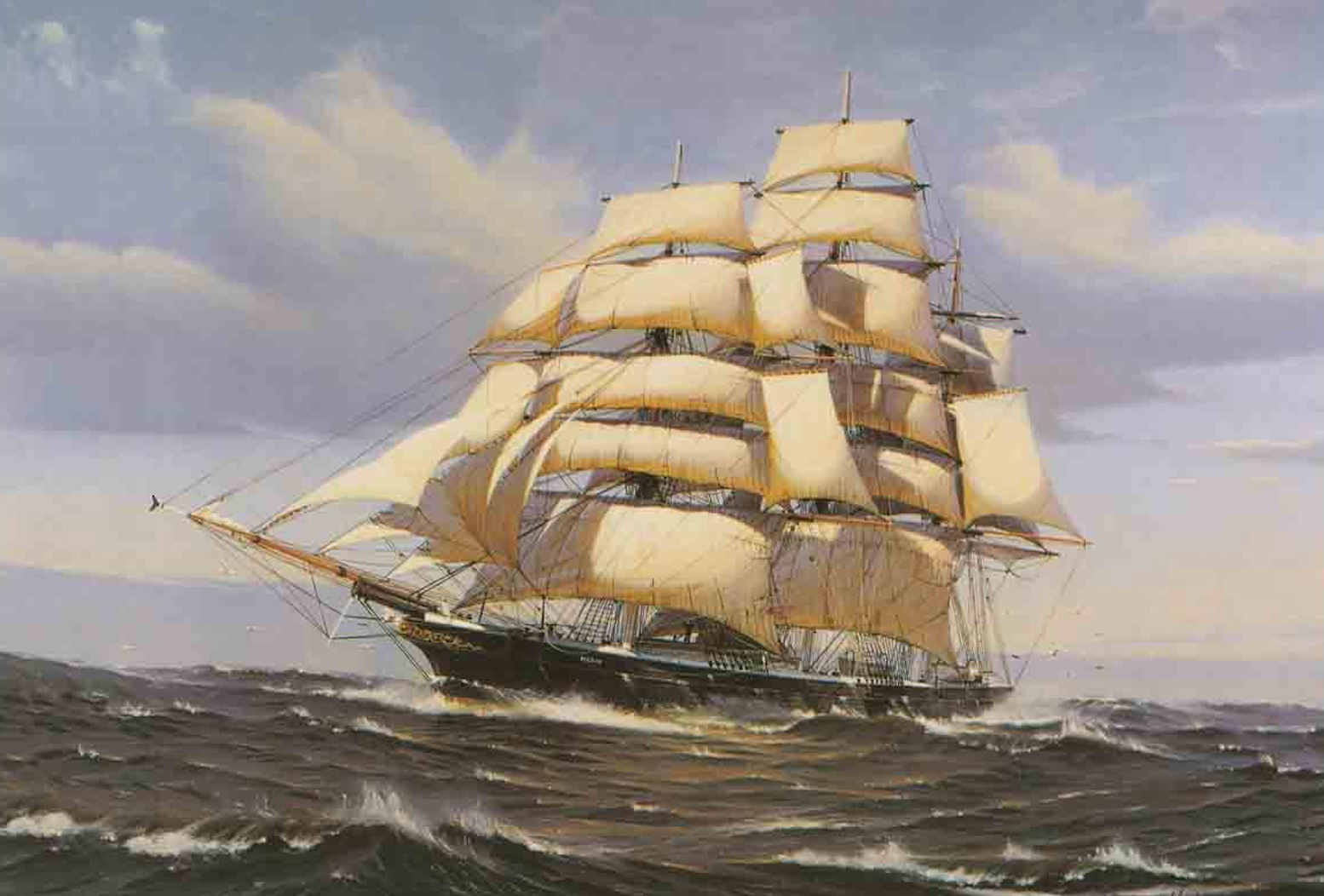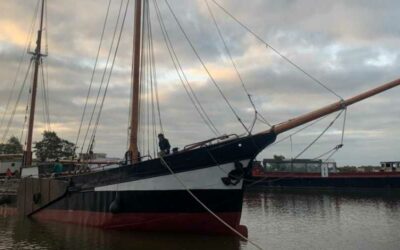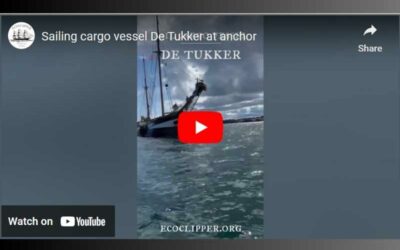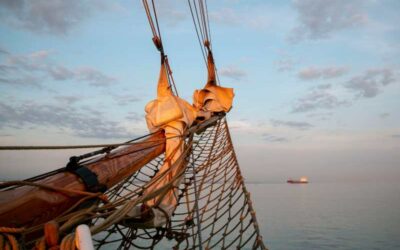1. Following the tradition
Instead of starting from scratch we wanted to choose a design which would represent the “Great days of sail”.
This to continue the design process of sailing cargo ships where it was left. So, we wanted to choose an existing vessel.
Built in 1857, Noach was definitely built in the “Great days of sail”.
2. Size
We wanted a ship large enough to be economically viable, but as small as possible to launch more ships with a given capital. Preferably below 500 gross tonnage to be non-SOLAS. If possible, below 40-meter load line to have easier access to sailing ship crew. But with enough depth of hold, to still have sufficient room for a tween deck (for accommodation) and a hold with good space for cargo.
I have to admit we had to very slightly, scale down Noach, to be below 500 gross tonnage and 40-meter waterline. However, the resulting hull still has plenty of depth of hold for a tween deck, and a very good beam for sail-carrying capacity.
3. Speed
We wanted to base the design on a ship with a proven track record of fast passage making. The Noach was for her size one of the fastest clipper ships, and logs from many of her passages are well documented. For example:
A voyage in 1861 from the Netherlands to Indonesia in 66 days and back in 78 days.
A voyage in 1863 on the same route: 71 days out and 66 days back.
And again in 1866, she made a record voyage of 65 days to Indonesia.

Captain Jorne Langelaan
Founder and CEO of EcoClipper




